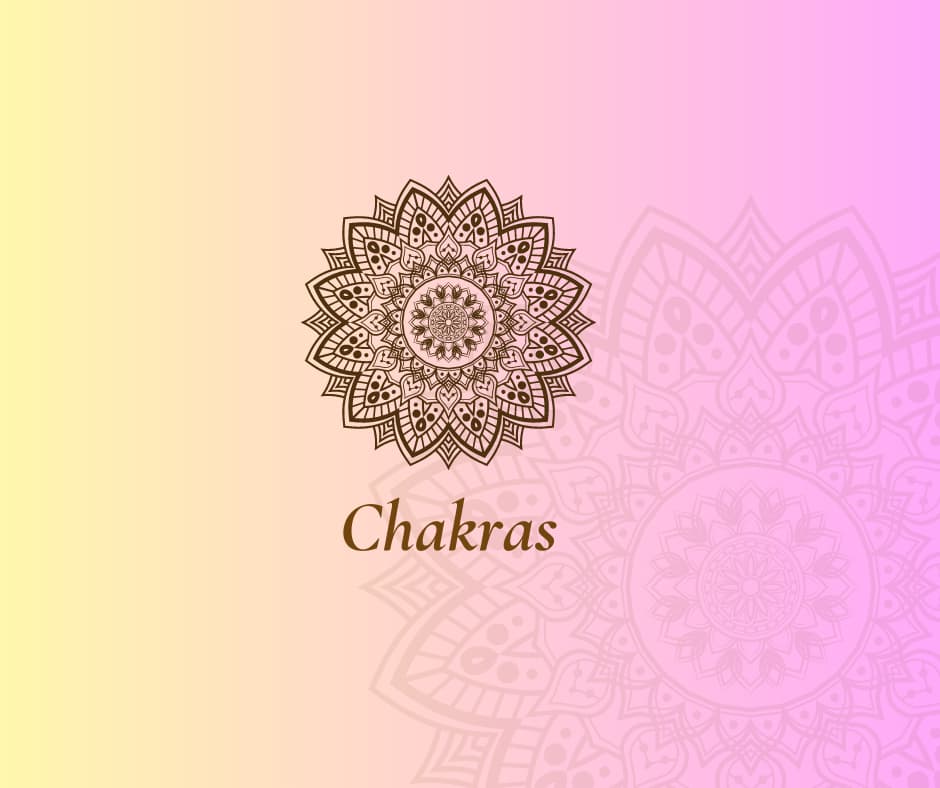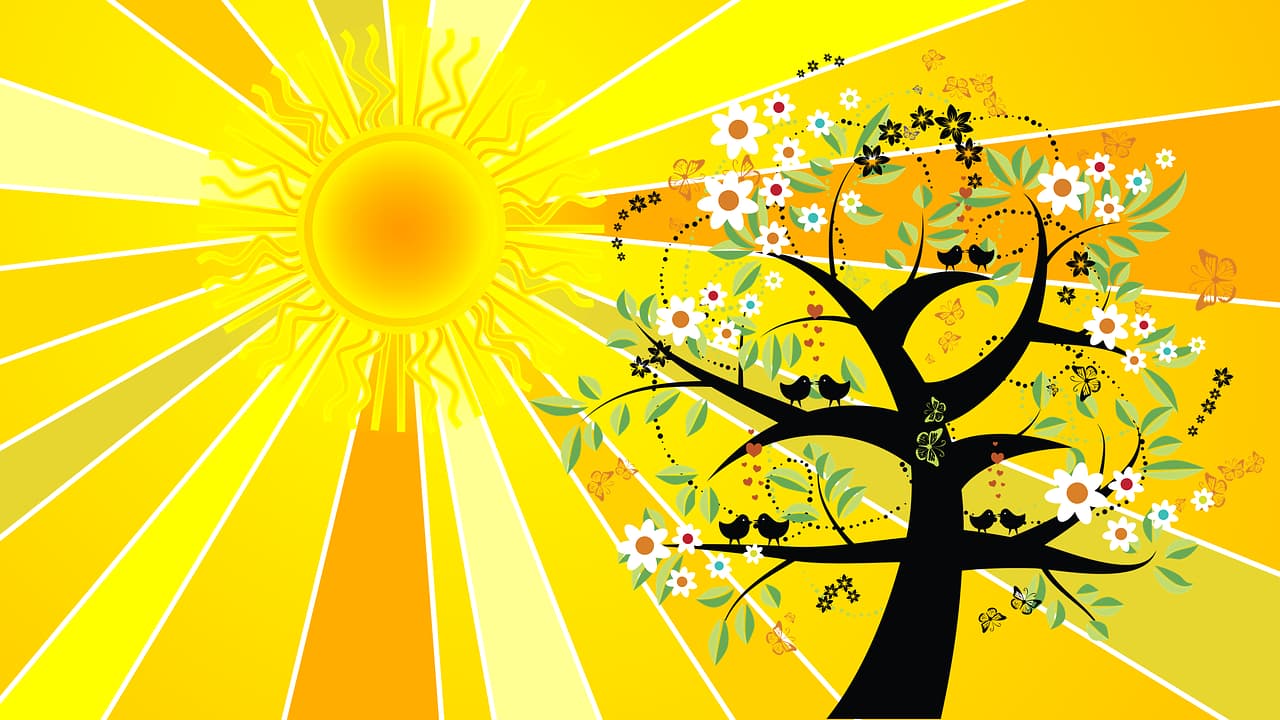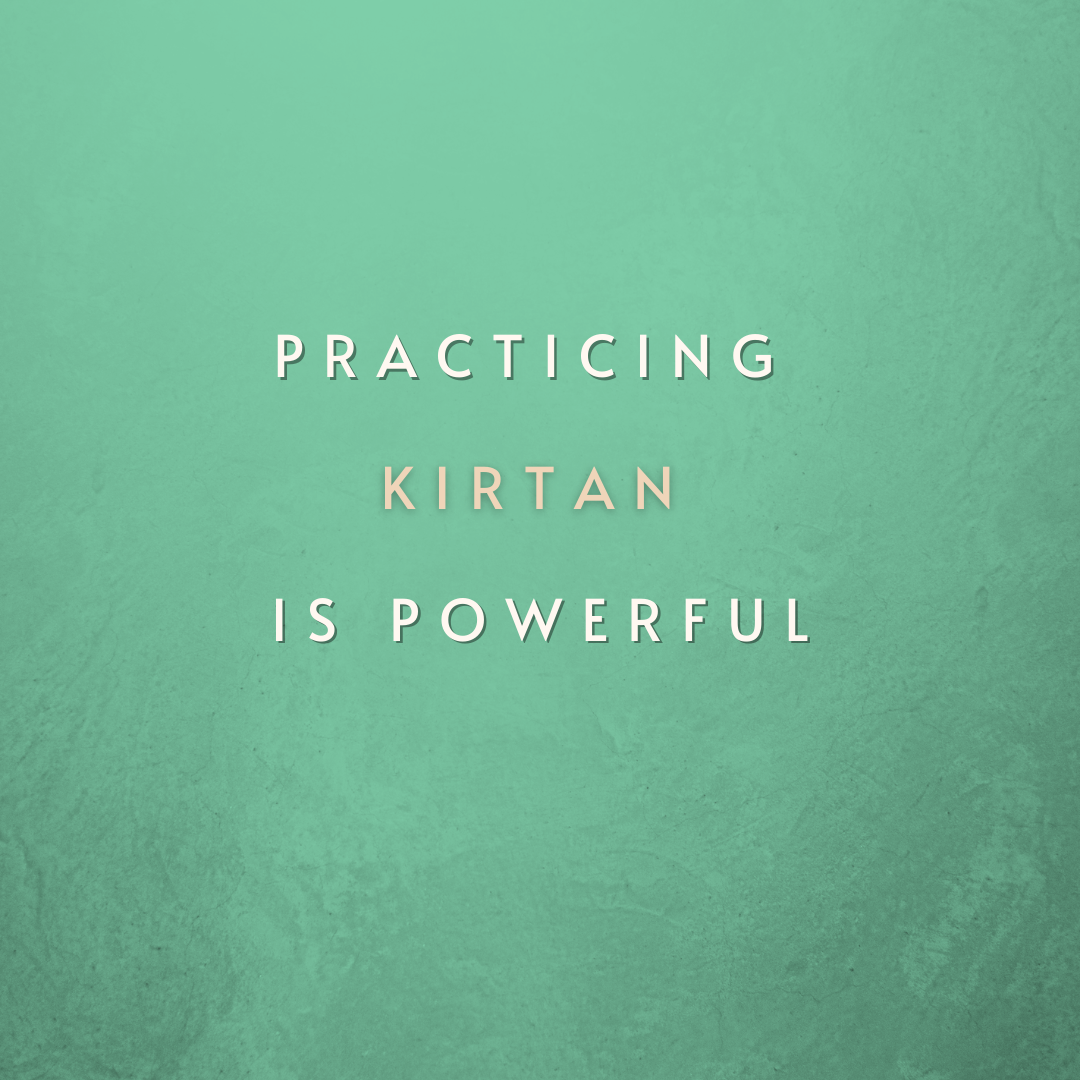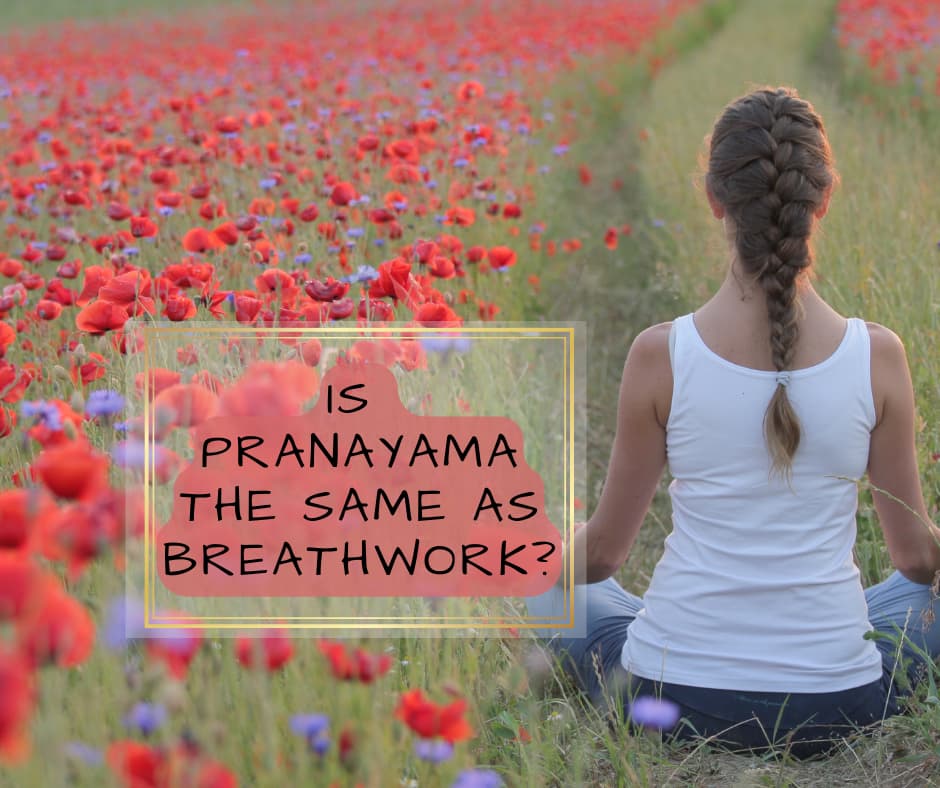What are Mandalas and Yantras?
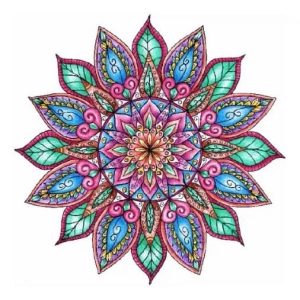 A Mandala is a geometric form which begins with a central point which then radiates outward.
A Mandala is a geometric form which begins with a central point which then radiates outward.
Mandala is a Sanskrit word which means circle and this word was originally found in the Vedas. Certain sections of the Vedas were called Mandalas because of their circular nature: they would start and end in the same way.
Mandalas have been used in various traditions as part of spiritual practice; in fact are also known in Buddhist and Hindu traditions and often they would be represented with a circle in the centre and then 4 gates on each side of the centre.
Tibetan Monks would create huge mandalas and then would destroy them as a reminder that nothing is permanent; however the process of making it is very important.
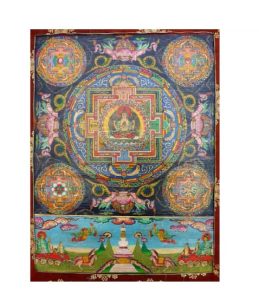 Mandalas have been used in various traditions for various reasons:
Mandalas have been used in various traditions for various reasons:
-helps to focus the attention on it;
-spiritual teaching tool;
-to create sacred space;
-as an aid for meditation;
-to induce a state of trance.
-protection from evil spirits by wearing it on the heart chakra.
Psycologists have also worked with mandalas, for example David Fontana once said that mandalas can help us to progressively access deeper level of our unconscious mind. Carlien a disciple of Freud, worked a lot with mandalas with his clients but also himself and he confirmed that often he would receive information from the mandalas about the state of their patients as well as how to help them.
Mandalas represent the Cosmos, metaphorically and symbolic, they are representations of the macrocosm but also of the microcosm (human being).
In Hindu traditions, specially in south India, mandalas called Kolam are made everyday at the entrance of the houses to attract good energy and to welcome people.
Yantra is a “machine” or “instrument” which gives a special output. The human body is considered to be a yantra and the special output of a human body is that it can perform spiritual practices and meditation.
Yantras help very much with focusing the mind; the word Yantra means “machine” anything that has a structure or an organization. Like for mantras, also yantras would be represented with a circle and 4 gates on each side. In India there is a very long standing tradition for wearing and concentrating on yantras during meditation; yantras are also used at time of initiations and have also astrological and magical benefits besides the spiritual one.
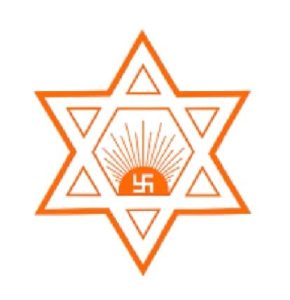 Yantras are widely used in Tantric tradition and can be two or three dimensional, such as the SriYantra. They are considered to be instructional charts of the spiritual aspect of the individual and the cosmos. In fact, SriYantra is the visual representation of the sound “Om”.
Yantras are widely used in Tantric tradition and can be two or three dimensional, such as the SriYantra. They are considered to be instructional charts of the spiritual aspect of the individual and the cosmos. In fact, SriYantra is the visual representation of the sound “Om”.
A SriYantra has a particular shape, has two triangles with an hexagon in the centre and it has a rising sun. One triangle opens up towards the bottom and it symbolizes “service to the world”, the other one opens up to the top which symbolizes “self-realization”. These two triangles must be balanced in order to bring spiritual awakening which is symbolized by the rising sun and eventually this leads to spiritual success which is symbolized by the swastica. In the whole of Asia, Swastica is the most auspicious symbol and has deep spiritual meaning.
Did you know that is the Swastica is the most positive symbol of all and it was widely used before the 2nd world war; it means gaining spiritual power.
Let’s break the symbol down: it is formed of two central lines, one it is a horizontal line which represents Consciousness, Shiva lying down (the witnessing entity) and then there is a vertical line that crosses the horizontal one and represents Shakti dancing on Shiva. These two lines represent the dance of creation, the union of Shiva and Shakti. There are also 4 tails which represents the movement of Kundalni energy (uncoiling in anticlockwise). Immagine the Kundalini like a lightning and when she moves there would be tails of light which are represented by those 4 tails.
This article is mainly based on what I learned during the 200 hours yoga teacher training at the Himalayan Yoga Institute. I sincerely thank my teacher Ganga Devi for all she shared; I am very happy and excited to be able to share my journey and what I have learned so far during my yoga lessons in Tropea and Zambrone, Calabria, Southern Italy.



